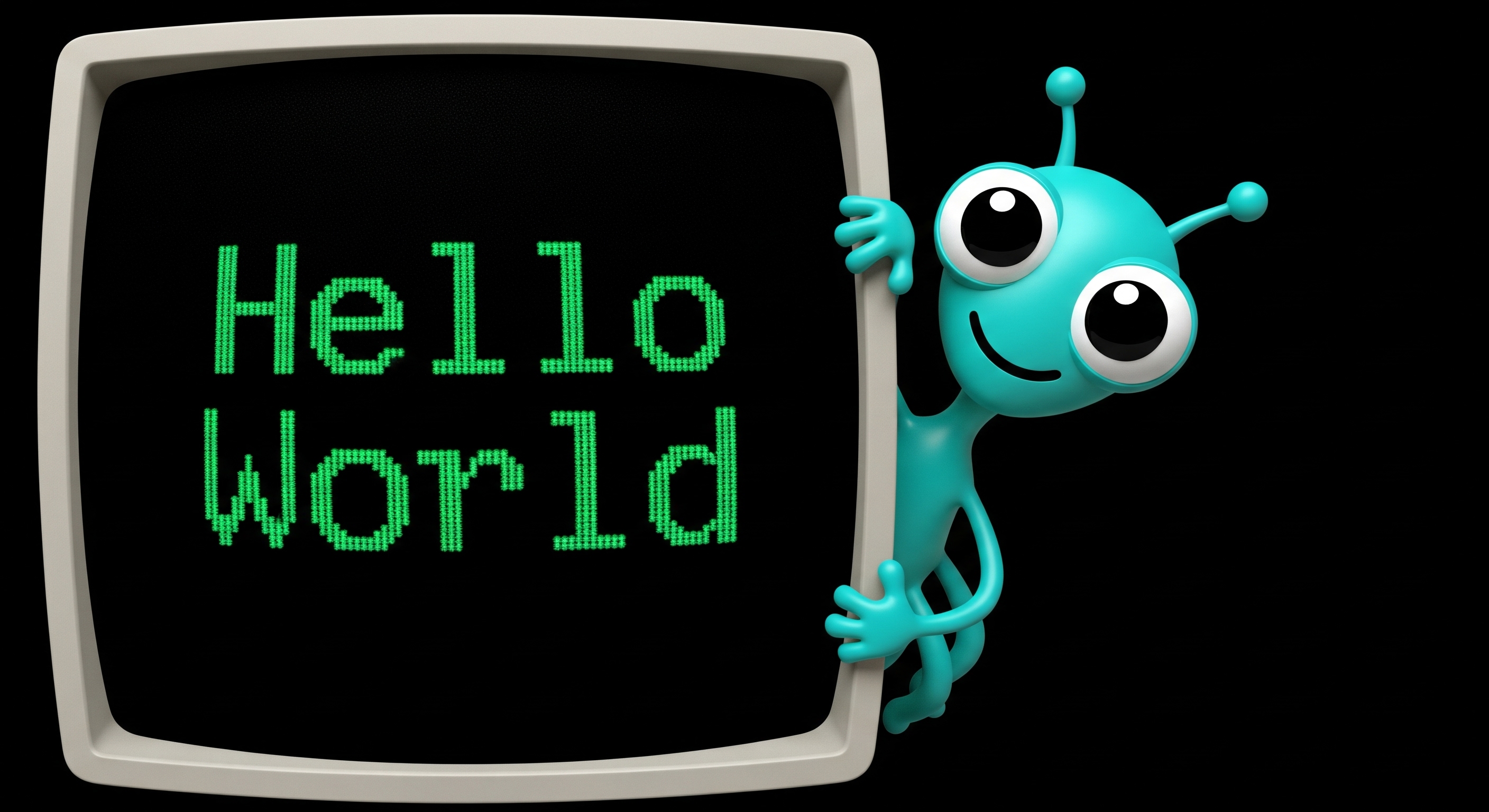Introduction of PMtoDev.com
Welcome to PMtoDev.com – a space where product management meets development and curiosity drives experimentation.

Introduction of PMtoDev.com
Hello and Welcome
I'm excited you've found your way here. Whether you're a fellow product manager looking to expand your technical toolkit, an engineering leader exploring new ways to leverage AI in your workflows, or simply someone curious about the evolving landscape of tech roles, this blog is for you.
This platform represents a personal journey – one that bridges the gap between strategic thinking and tactical execution, between managing products and actually building them. It's a place where I'll share insights, experiments, and learnings as I navigate the increasingly blurred lines between product management and development in our AI-enhanced world.
The Reality: I'm Not Becoming a Full-Time Engineer
Let me be clear from the start: I have no intention of becoming a full-time software engineer. This isn't a career pivot story or a tale of abandoning product management for the allure of pure coding.
I have tremendous respect and appreciation for the engineers I work with – brilliant individuals who are far better suited to thet challenges of software engineering than I am. They possess the patience for debugging complex systems, the architectural thinking for scalable solutions, and the technical depth that comes from years of dedicated focus. I'm not trying to replace them or compete with them.
Instead, I'm pursuing something different: becoming a more effective product manager and technical individual contributor by developing the ability to prototype and build my own tools. There's immense value in being able to quickly mock up an idea, test a hypothesis, or create a working prototype without waiting for engineering resources or trying to explain complex concepts through wireframes and documentation.
When you can build, even at a basic level, you can communicate more effectively with engineering teams. You understand the constraints and possibilities. You can prototype solutions quickly to validate assumptions before committing engineering resources. You can create tools that solve your own workflow problems and those of your team.
This capability transforms how you approach product management. Instead of just describing what should be built, you can demonstrate it. Instead of just identifying problems, you can test potential solutions. It's about expanding your toolkit, not changing your profession.
The AI Revolution in Workflows and Team Structures
After years in engineering management, I've become fascinated by how artificial intelligence is fundamentally changing not just what we build, but how we work and how we structure our teams. We're living through a transformation that's as significant as the shift from waterfall to agile methodologies, but it's happening much faster and with broader implications.
AI tooling is democratizing technical capabilities in ways we've never seen before. Tasks that once required specialized knowledge or significant time investment can now be accomplished by anyone with curiosity and the right prompts. This democratization is creating new possibilities for how we organize work, distribute responsibilities, and leverage human creativity.
I'm particularly interested in exploring how AI changes the traditional boundaries between roles. Product managers can now prototype with greater sophistication. Designers can generate and iterate on ideas at unprecedented speed. Engineers can focus on higher-level problems while AI handles routine implementation tasks.
But this shift raises important questions: How do we restructure teams when individual capabilities are so dramatically expanded? How do we maintain quality and consistency when creation becomes so accessible? How do we preserve the collaborative aspects of product development while leveraging AI's individual empowerment?
These aren't just theoretical questions – they're practical challenges I'm working through daily. The teams I've led and the organizations I've worked with are all grappling with these changes, and I believe we're still in the early stages of understanding their full implications.
Through this blog, I want to share observations about what works and what doesn't as we navigate this transition. I'll explore specific tools, methodologies, and organizational approaches that are emerging. Most importantly, I'll share real experiences from the trenches as we all figure out how to work effectively in this new paradigm.
Side Projects and Entrepreneurial Ventures
This summer, I'm actively working on several side projects that serve as laboratories for exploring these new possibilities. While I won't provide extensive details about each project – both for competitive reasons and because they're still evolving – I can share that they span a diverse range of applications.
Some projects are traditional websites, built to solve specific problems I've encountered or to serve niche communities. Others are mobile applications that leverage AI capabilities to create new user experiences. I'm also experimenting with AI agents – autonomous systems that can perform tasks, make decisions, and interact with users in sophisticated ways.
What connects all these projects is an entrepreneurial spirit and a desire to push the boundaries of what's possible for someone with a product management background. Each project is an opportunity to test new tools, experiment with different development approaches, and validate hypotheses about market needs.
These ventures aren't just coding exercises – they're complete product development experiences. I'm handling everything from market research and user experience design to technical implementation and go-to-market strategy. This holistic approach is teaching me lessons that I could never learn from product management alone.
The entrepreneurial aspect is particularly exciting because it requires thinking beyond just building something that works. It demands considering scalability, user acquisition, monetization, and sustainable growth – all while maintaining the technical quality necessary for a successful product.
What You Can Expect Here
This blog will be a documentation of discovery. I'll share the tools I'm using, the challenges I'm facing, and the solutions I'm developing. You'll get insights into both the technical and strategic aspects of building products in the AI era.
Expect posts about specific technologies and how they're changing product development workflows. I'll share case studies from my side projects – what worked, what failed, and what I learned. You'll see explorations of new AI tools and their practical applications for product builders.
I'm also planning to delve into the organizational and leadership implications of these technological changes. How do you manage teams when individual capabilities are so dramatically expanded? How do you maintain product quality when creation becomes so accessible? These are questions I'm actively working through.
The Journey Ahead
We're at an inflection point in how products are built and how technical work gets done. The tools available today would have seemed like magic just a few years ago, and the pace of change shows no signs of slowing.
My goal with PMtoDev.com is to document this journey authentically – sharing both successes and failures, practical insights and strategic observations. Whether you're a product manager looking to expand your technical skills, an entrepreneur exploring new possibilities, or simply someone interested in how AI is changing the nature of work, I hope you'll find value in these explorations.
Thank you for joining me on this journey. The future of product development is being written right now, and I'm excited to explore it together.
Ready to dive deeper? Subscribe to stay updated on new posts, and feel free to reach out with questions, comments, or ideas for future topics. The conversation is just beginning.
Tags

PM to Dev
Product Manager turned developer explorer, documenting my journey with AI power tools.